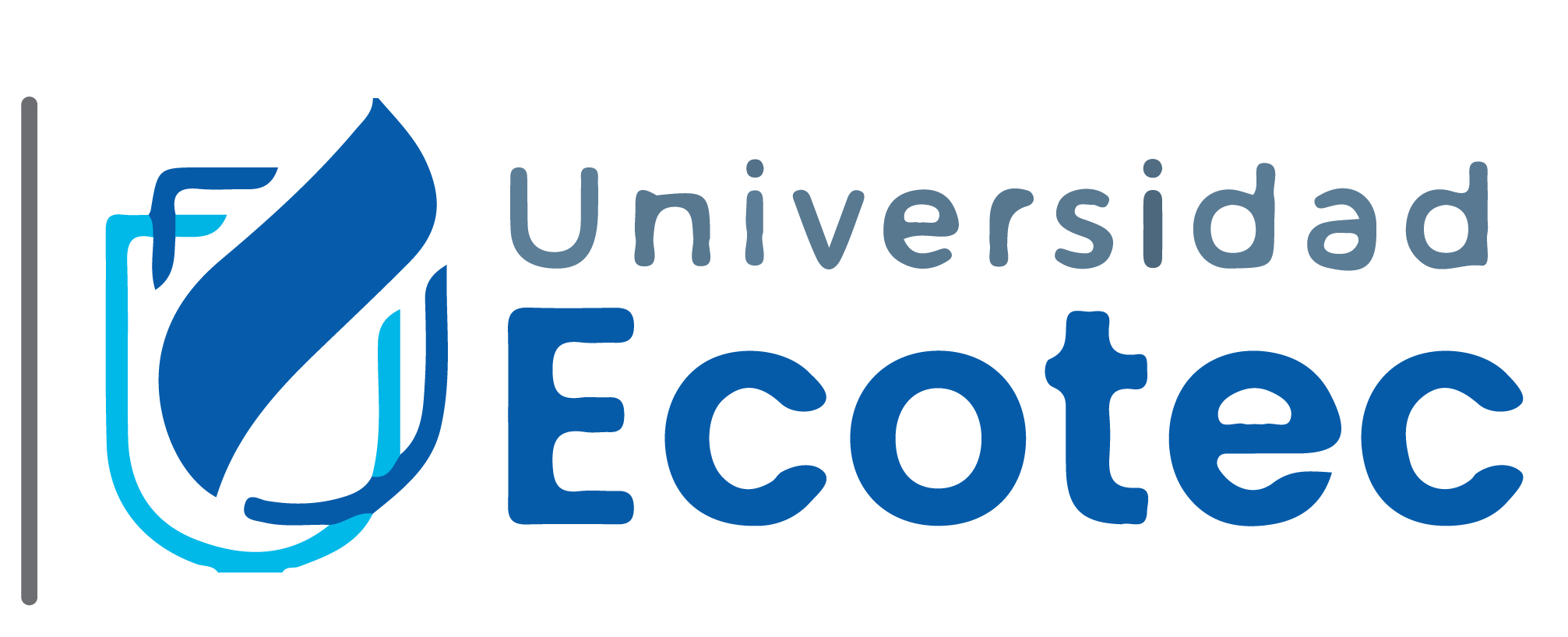Artículo
UAV image acquisition and processing for high-throughput phenotyping in agricultural research and breeding programs
Resumen
0
Autores | Gallegos, Ángeles (57189578385); Gavito, Mayra E. (6601998887); Ferreira-Medina, Heberto (55749919600) |
Título | Foliar Nitrogen Estimation with Artificial Intelligence and Technological Tools: State of the Art and Future Challenges |
Año | 2024 |
DOI | 10.14569/IJACSA.2024.0150640 |
Fuente | https://www.scopus.com/inward/record.uri?eid=2-s2.0-85197714504&doi=10.14569%2fIJACSA.2024.0150640&partnerID=40&md5=11ecafae3b032141a423e7b8634eaee4 |
Afiliaciones | Instituto de Investigaciones en Ecosistemas y Sustentabilidad, Universidad Nacional Autónoma de México Antigua Carretera a Pátzcuaro, No. 8701 Col. San José de la Huerta C.P. Michoacán, Morelia, 58190, Mexico |
Tipo de acceso abierto | All Open Access; Gold Open Access |
Referencia | Scopus |
Artículo obtenido de: | Scopus |



